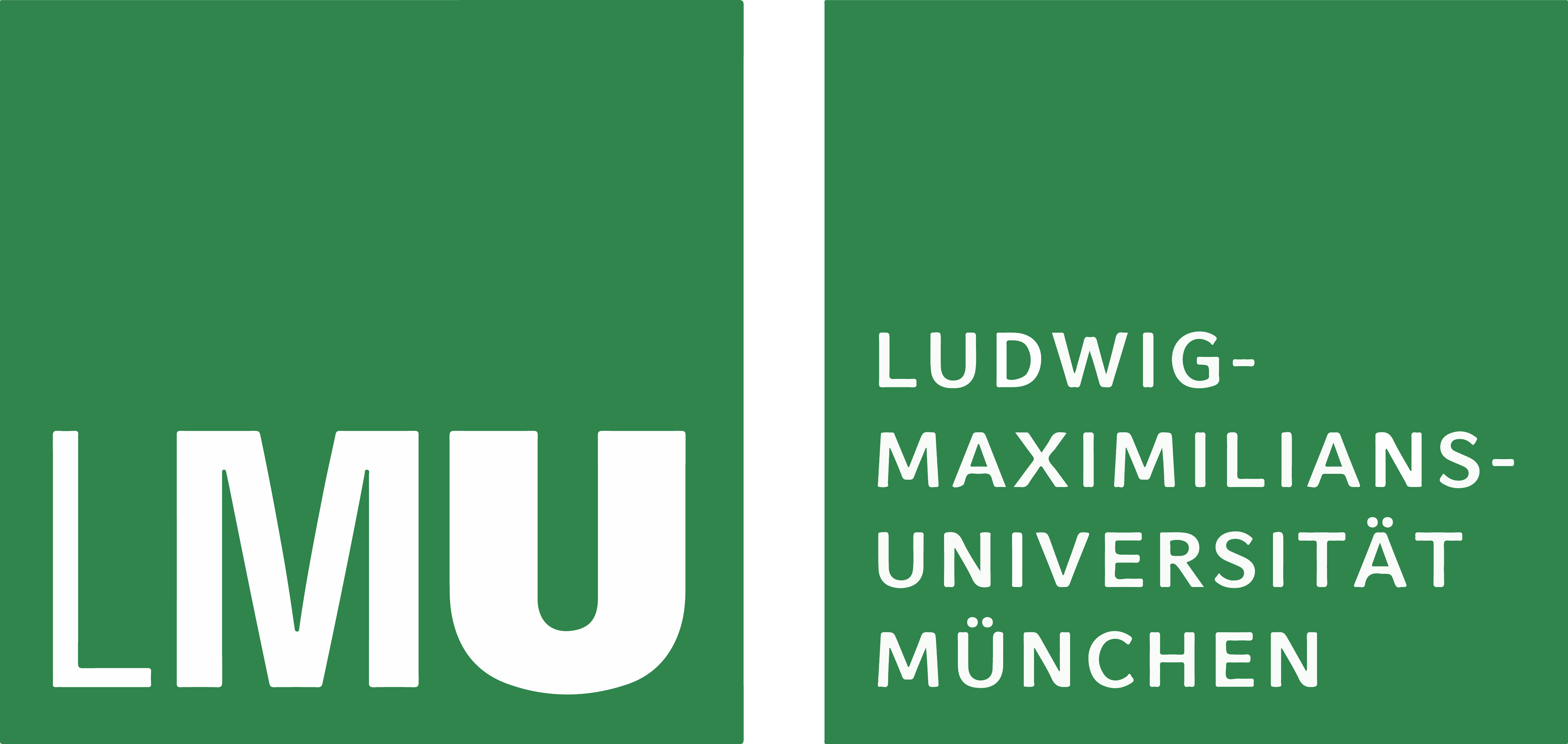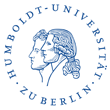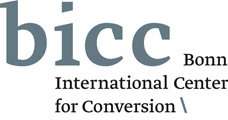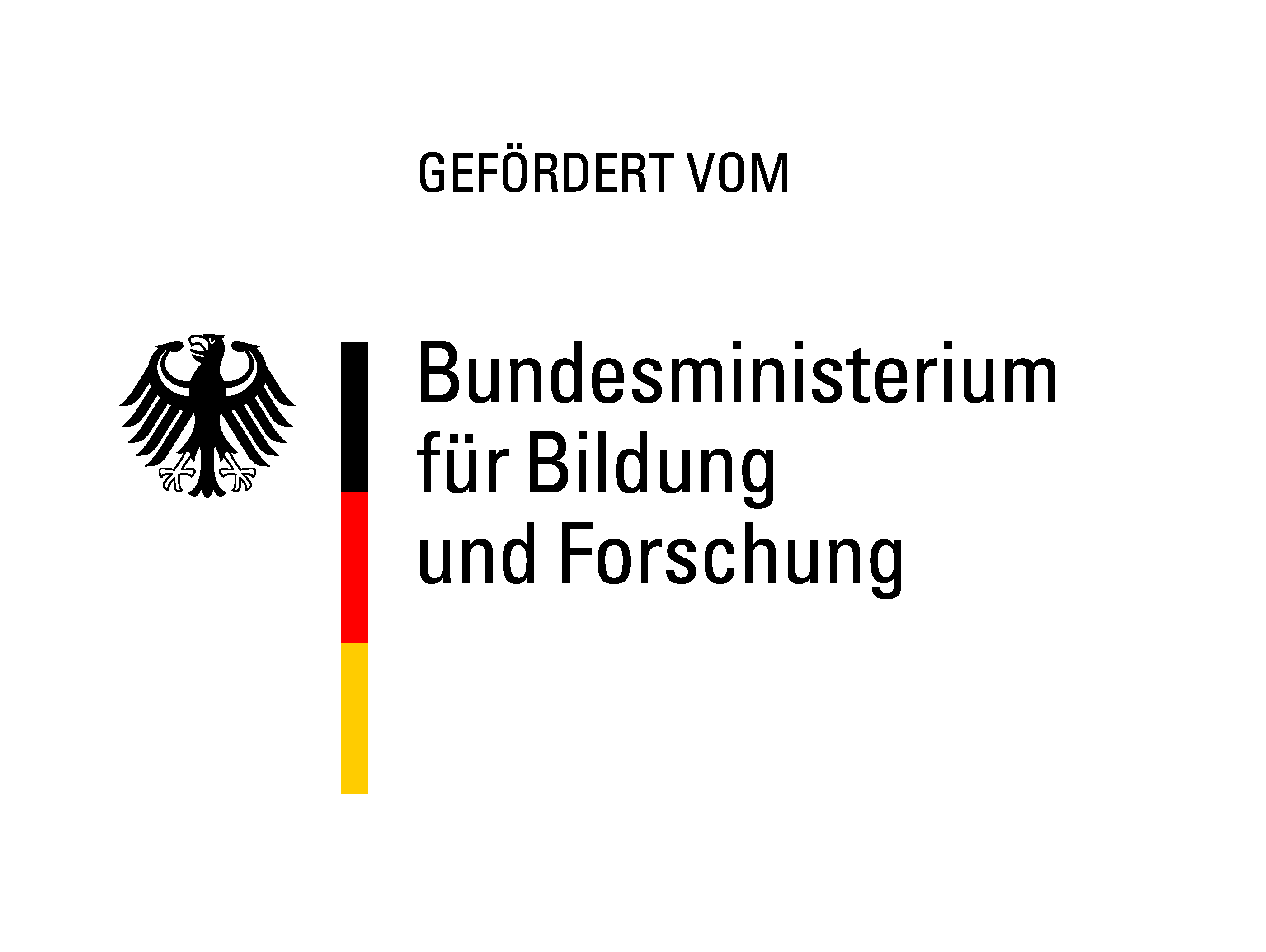International Migration from 20th Century Asia. A Historical Perspective.
Crossroads Asia Lecture by Kamoludin Abdullaev
This presentation focuses on international migration from Soviet Central Asia throughout the 20th century. Special attention will be given to the early Soviet period (1920s and 1930s). Foreign invasion, state collapse, violent conflict, political pressure, values crisis and economic hardship had triggered various forms of movements of population undertaken for different motivations, over varying distances, and on a range of time scales. These movements caused complex interaction of social and spatial flows of people and things that deeply changed the environment and society in this part of the world. The aim of the presentation is, using extensive empirical and analytical material, to map out trans-local figurations within post-Soviet Central Asia and into neighboring as well as distant areas.
Kamoludin Abdullaev is an independent historian from Tajikistan and currently visiting research fellow of the Crossroads Asia competence network, based at th Central Asian Seminar of Humboldt Universitaet zu Berlin. He graduated from the Tajik State University and received his candidate degree from the Institute of the History of the USSR (Moscow). Ample experience in the research and teaching on modern Central Asia with a special focus on Tajikistan, among others, at Yale University and Ohio State University, U.S.A. Among his most important publications is the in-depth study of 20th century migration processes, Ot Sintsiana do Khorasana. Iz Istorii Sredneaziatskoi Emigratsii 20 veka, Dushanbe: Irfon, 2009
Time and Place:
Wednesday, 21 May 2014, 18:00
Zentralasien-Seminar, HU Berlin, Invalidenstraße 118, Lecture Hall 507







